
Why collaboration is more than a corporate buzzword
Cathy Travers, group managing director at Mott MacDonald, tells CIOB People why collaborative project delivery should not be dismissed as “soft and fluffy”
What are the biggest challenges around multidisciplinary projects?
Often it can be around not having clarity about what is actually wanted – so, poorly articulated requirements.
There’s often really unclear governance on some of these very complex projects. This can lead to inappropriate risk allocation, which doesn’t incentivise the entire supply chain to do the right thing.
All of those things can constrain how you deliver a project. It can also limit the benefits that you get out of the project.
What about the people-related challenges?
These projects are complex in terms of both their technical delivery and the number of different stakeholders who often have competing requirements. This can test the relationship between all the key stakeholders.
And I think one of the biggest challenges that you have on design and delivery is having people and organisations working in silos.
The challenge for us is to really work across those organisational boundaries with end users and across the supply chain.
How do you break down those silos?
It’s key that you have a clear, common goal and purpose as a team. I suppose in our rush to get going with projects, collectively as an industry, we miss important steps in the early stages.
Does the supply chain have competing intentions, or are we all aligned and focused on a common purpose?
Spending time to agree what we’re trying to achieve and the outcome that we all want is hugely important.
People think that collaboration is soft and fluffy, but collaboration is actually really tough because it’s about having those honest and candid conversations.
Then you have to look at what compromises have to be made across the supply chain so that we can achieve that common goal.
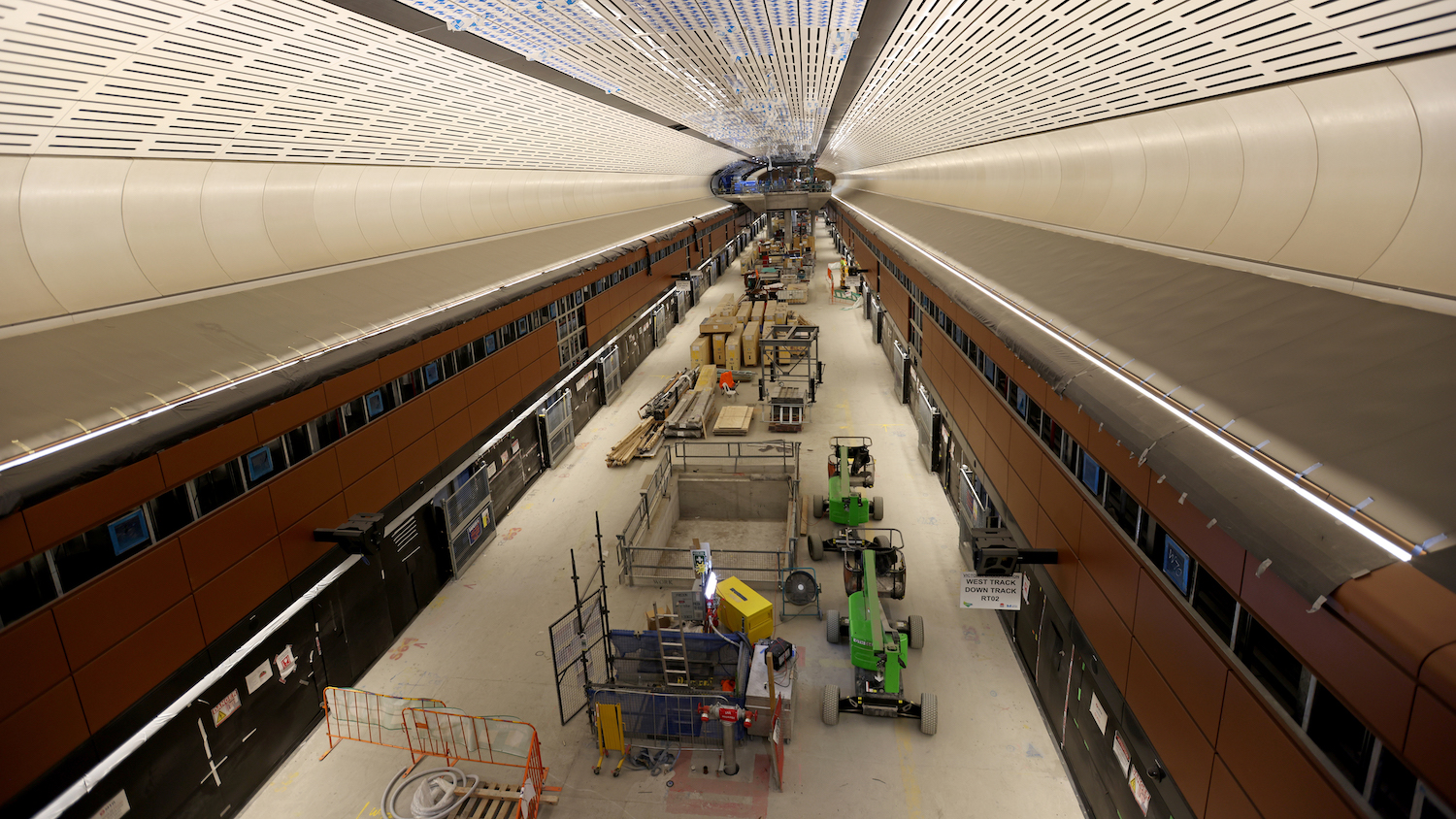
How is Mott MacDonald putting this into practice?
There are lots of ways in which Mott MacDonald is driving that across our projects.
Sydney Metro is a good example. At our client’s request, we created a collaborative delivery model and established a whole ecosystem of suppliers for them.
We’re being clear about what our common purpose is and what we’re trying to achieve. From that position, you can put contracts in place that incentivise the right sort of behaviours across the supply chain.
Does digitalisation have a role to play in supporting more collaborative delivery?
Yes, absolutely. For example, we’ve delivered a ground-breaking digital twin that will make wastewater treatment plants more resilient and efficient while reducing carbon footprints.
That’s unlocking new strategies for an entire sector, which was only possible because we had cross-discipline collaboration between the engineers and the data scientists.
Digital is a fantastic way of driving greater collaboration, as long as you are setting the correct parameters around how you’re going to use digital across your projects from the earliest stages.
Leadership is also massively important. You’re never going to have a great collaborative project if the leaders on that project don’t absolutely believe in collaboration. They need to be committed to the concept that by collaborating you will ultimately deliver better value.
How important is empowering all team members to voice opinions and share ideas?
This is at the heart of creating truly diverse and inclusive teams.
We know that having a diverse and inclusive team improves the outcome of any project. It’s not about ticking boxes. It’s materially important to successful delivery.
More diverse and inclusive teams are safer, as well as making better decisions.
It is crucial that every member in the team understands what the wider project is trying to achieve, while also understanding that their part in that is really important. There’s also a key point there around behaviours.
Within Mott MacDonald, we have collaborative principles that are aligned with our values as a company.
It means that not only do we demonstrate collaborative leadership and challenge obstructive behaviours, but we are inclusive in our ways of working and we value difference of opinion.
We engage actively with each other to achieve our common goals. Essentially, we have our principles and code of practice about how we behave collaboratively with not only our colleagues, but also with our external partners.
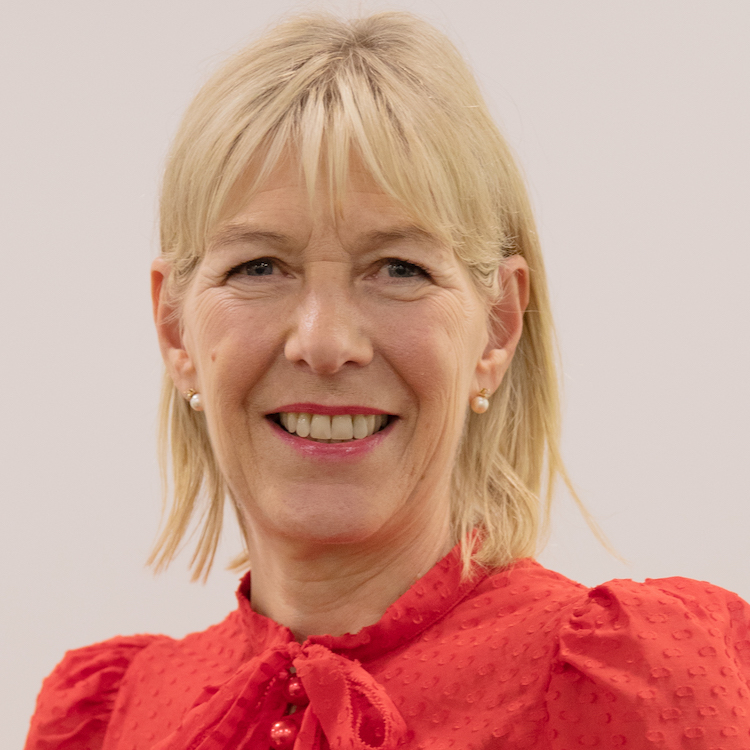
Digital is a fantastic way of driving greater collaboration, as long as you are setting the correct parameters around how you’re going to use digital across your projects from the earliest stages
What are the wider benefits of a more collaborative approach?
We’ve got some unprecedented challenges globally, whether that be around the net zero energy transition, biodiversity loss, globalisation and digitalisation and AI.
A collaborative working culture is needed to effectively solve these complex problems. When you think about some of those issues – from biodiversity and global warming to socio-economic inequality – there’s a long list of things that we need to address. It’s really about a whole system approach and working together.
A lot of these complex challenges are interconnected and interdependent, so we need a collaborative approach in order to solve them.
We have to bring an ecosystem of partners together in a collaborative environment to allow us to solve these big issues.
What common frameworks can be used to help bring different disciplines together?
If you think about carbon management and climate risk, we’ve just co-authored the new PAS 2080, which has just been relaunched and published by BSI and sponsored by ICE.
PAS 2080 has been designed to be used by every member of the supply chain, and provide a common framework approach, governance and language for carbon management. It will make it easier to set targets and incentives, and to measure performance.
As one of the lead co-authors, we are playing a vital role in not only saying we need to collaborate, but also giving people the tools and the framework to be able to navigate some really complex issues. This all requires good leadership. Organisations need to stand up and say: “Yes, we want to work collaboratively, and this is how we could do it.”
Comments
Comments are closed.


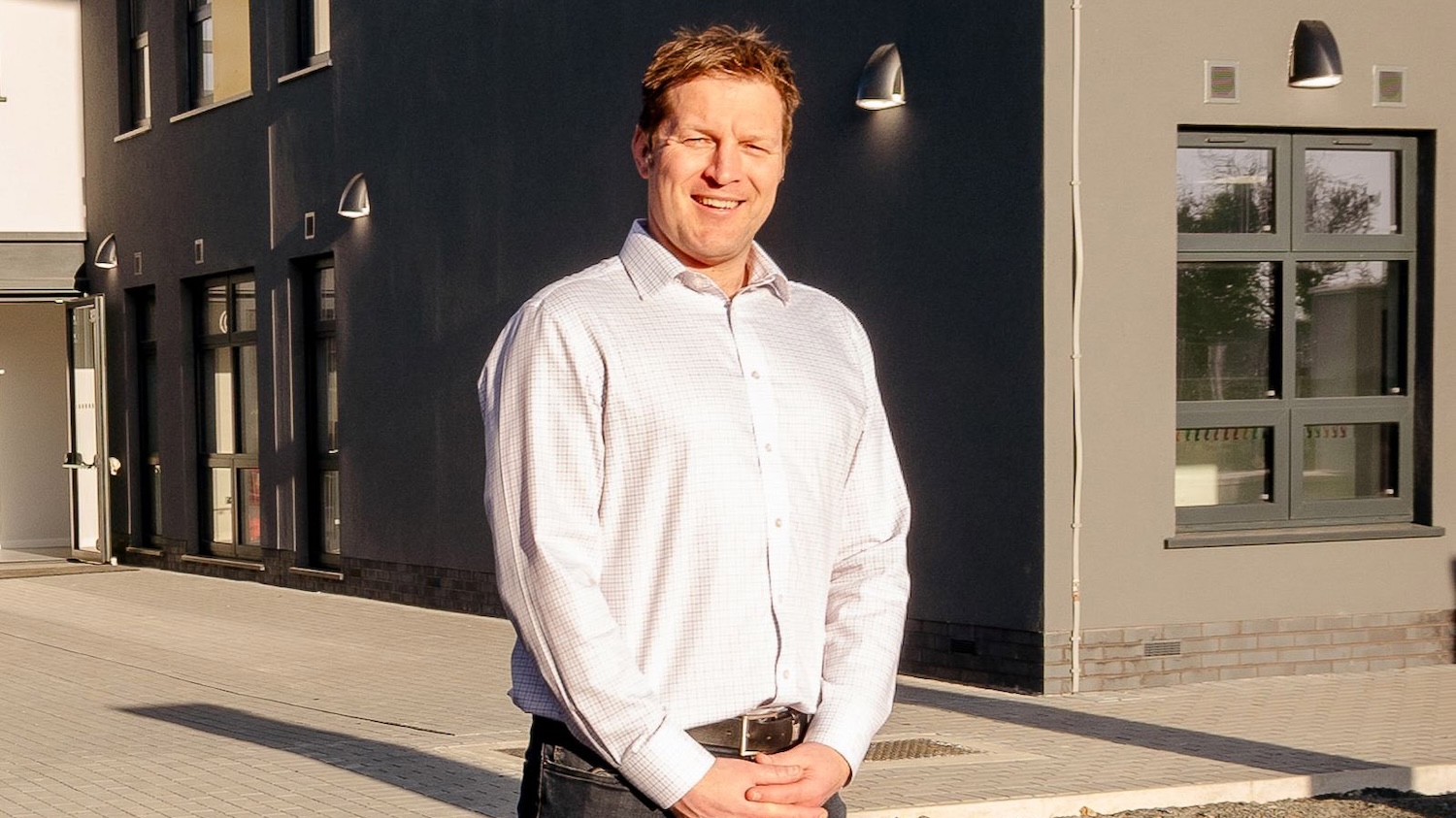
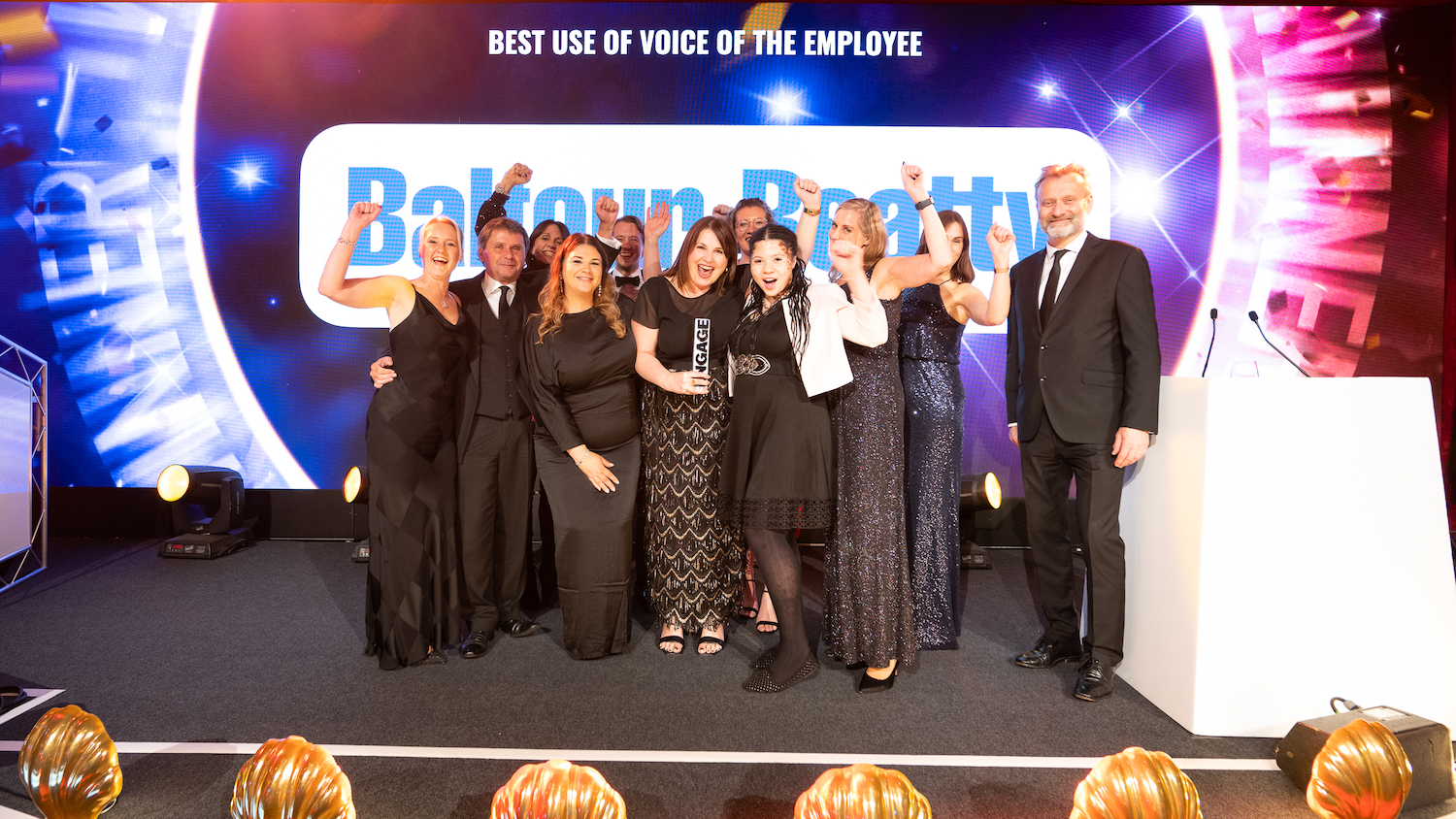

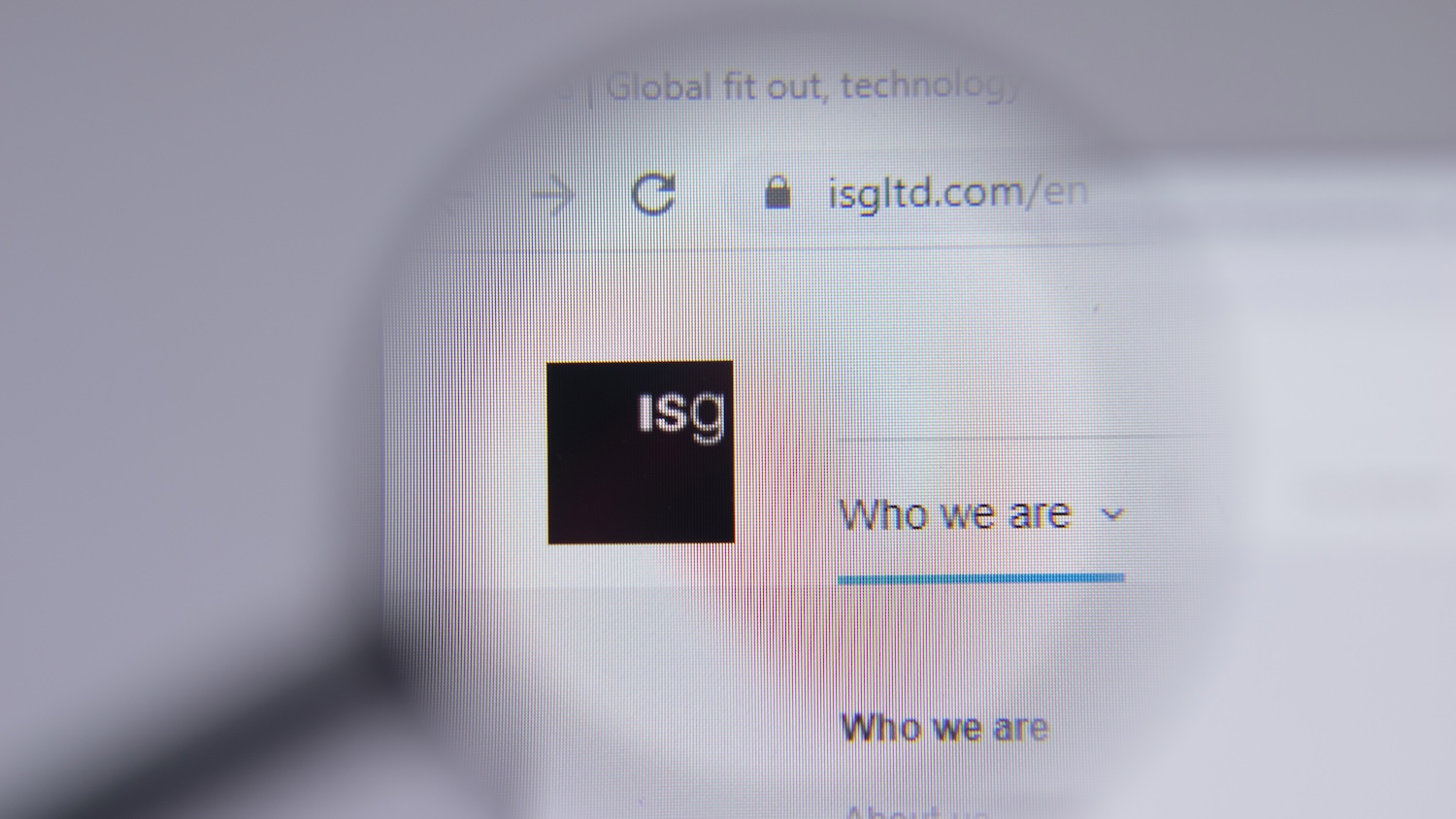
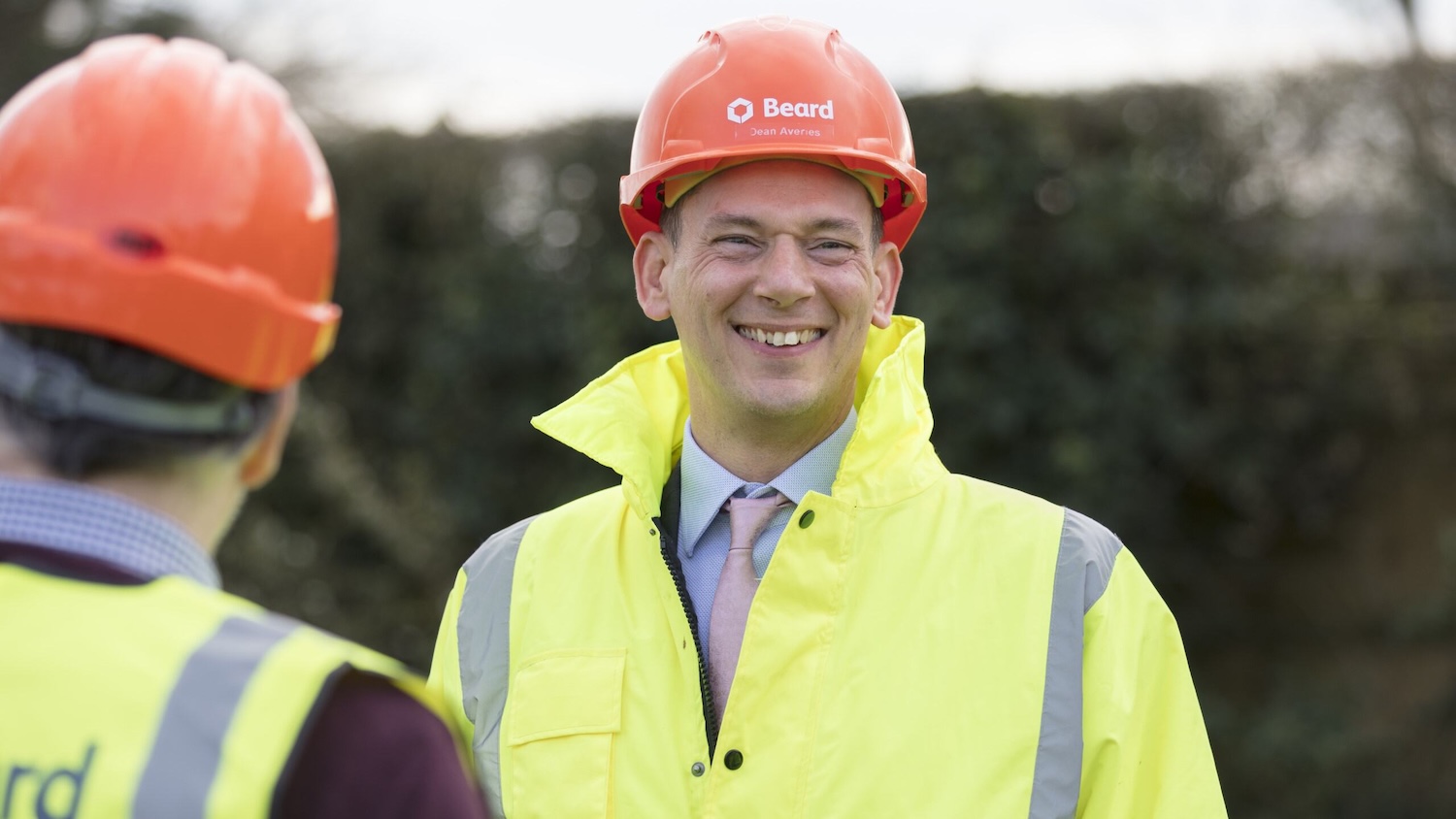

Great article @Nadine. Really appreciate how Cathy has spelled out successful project deliveries with collaborative approach and a changed mindset. Thank you Cathy!!